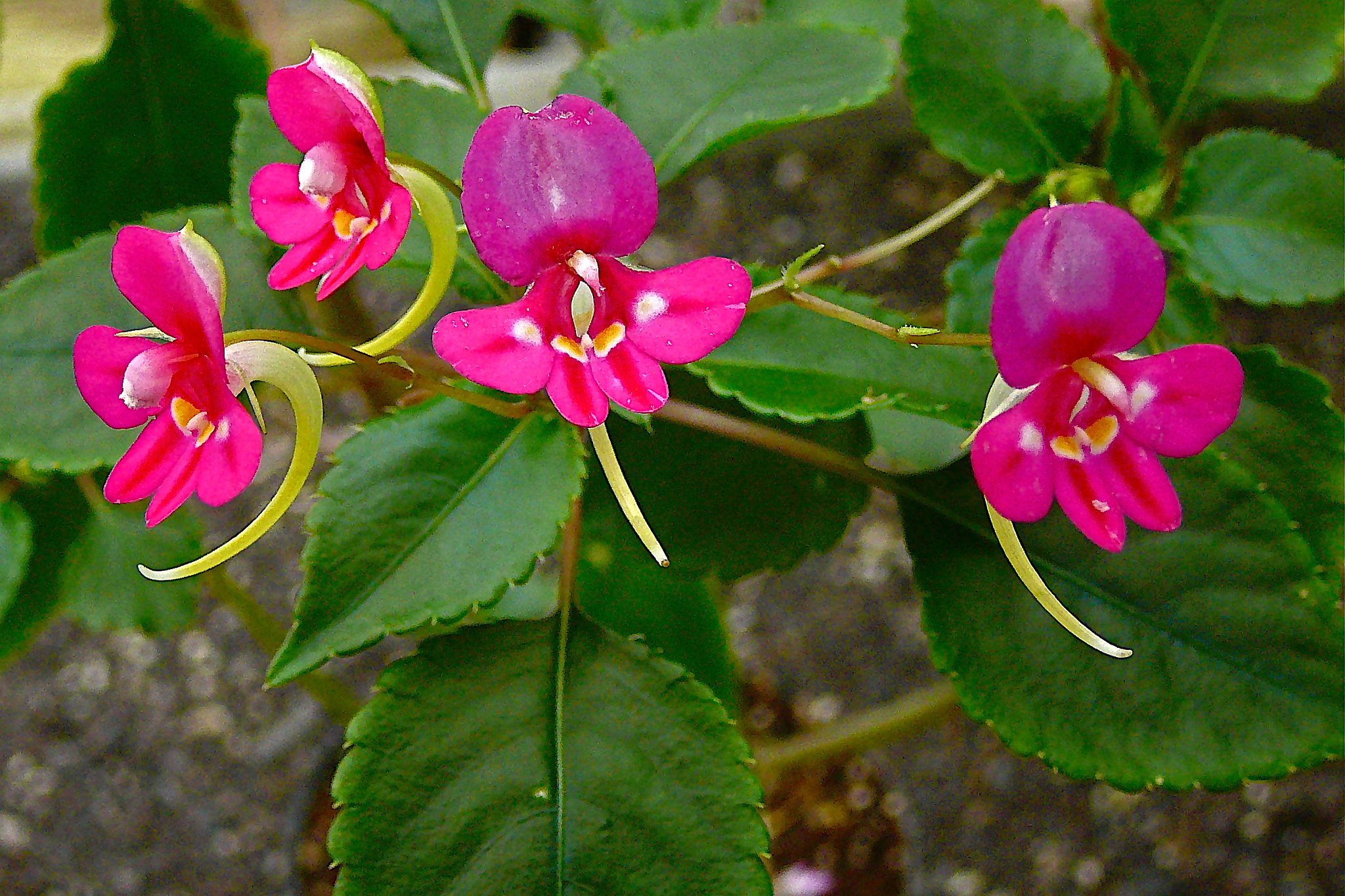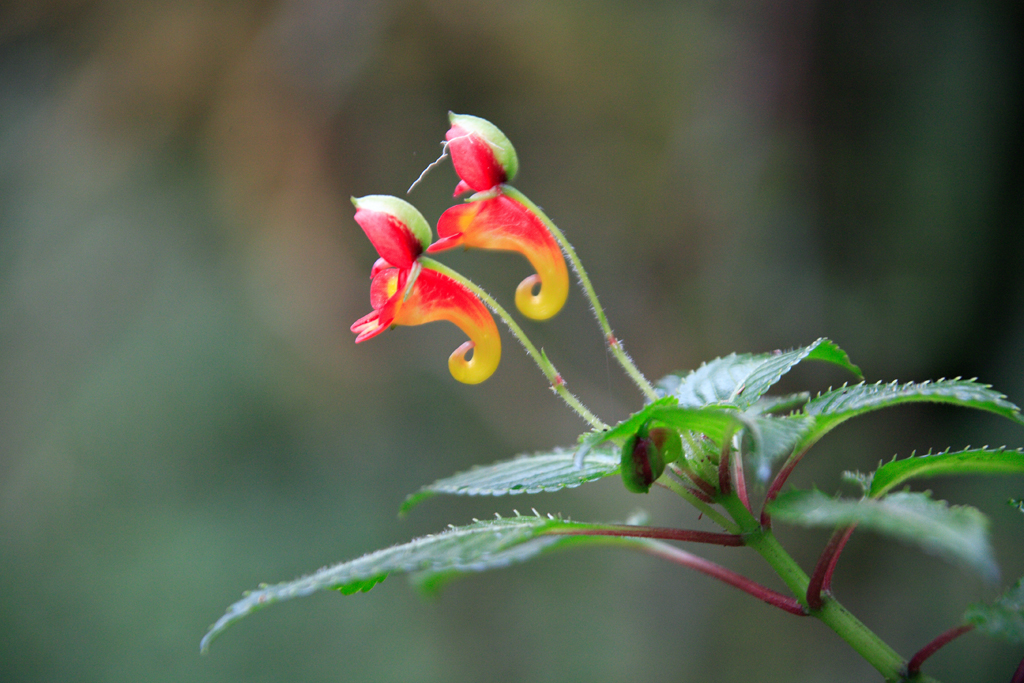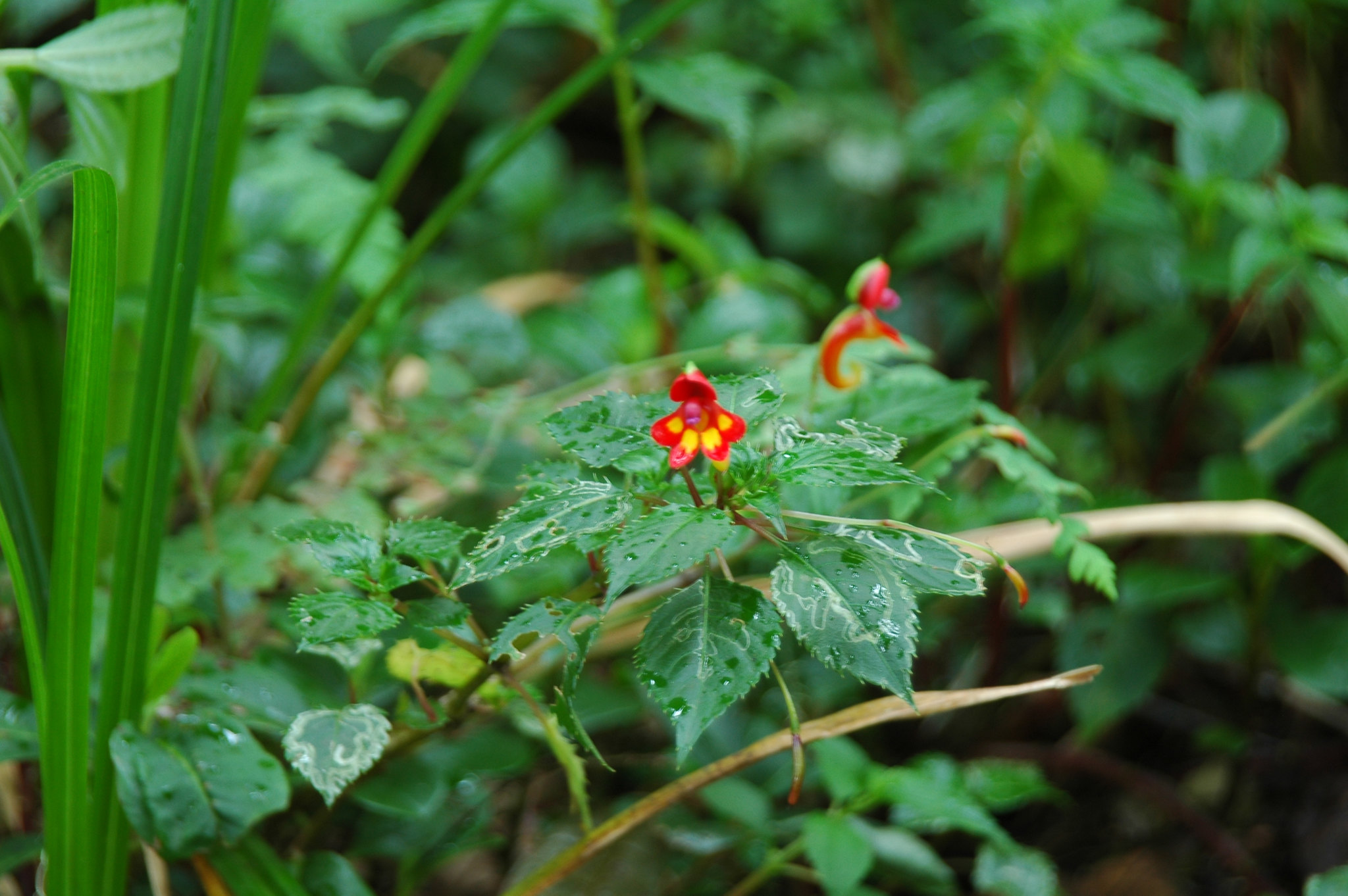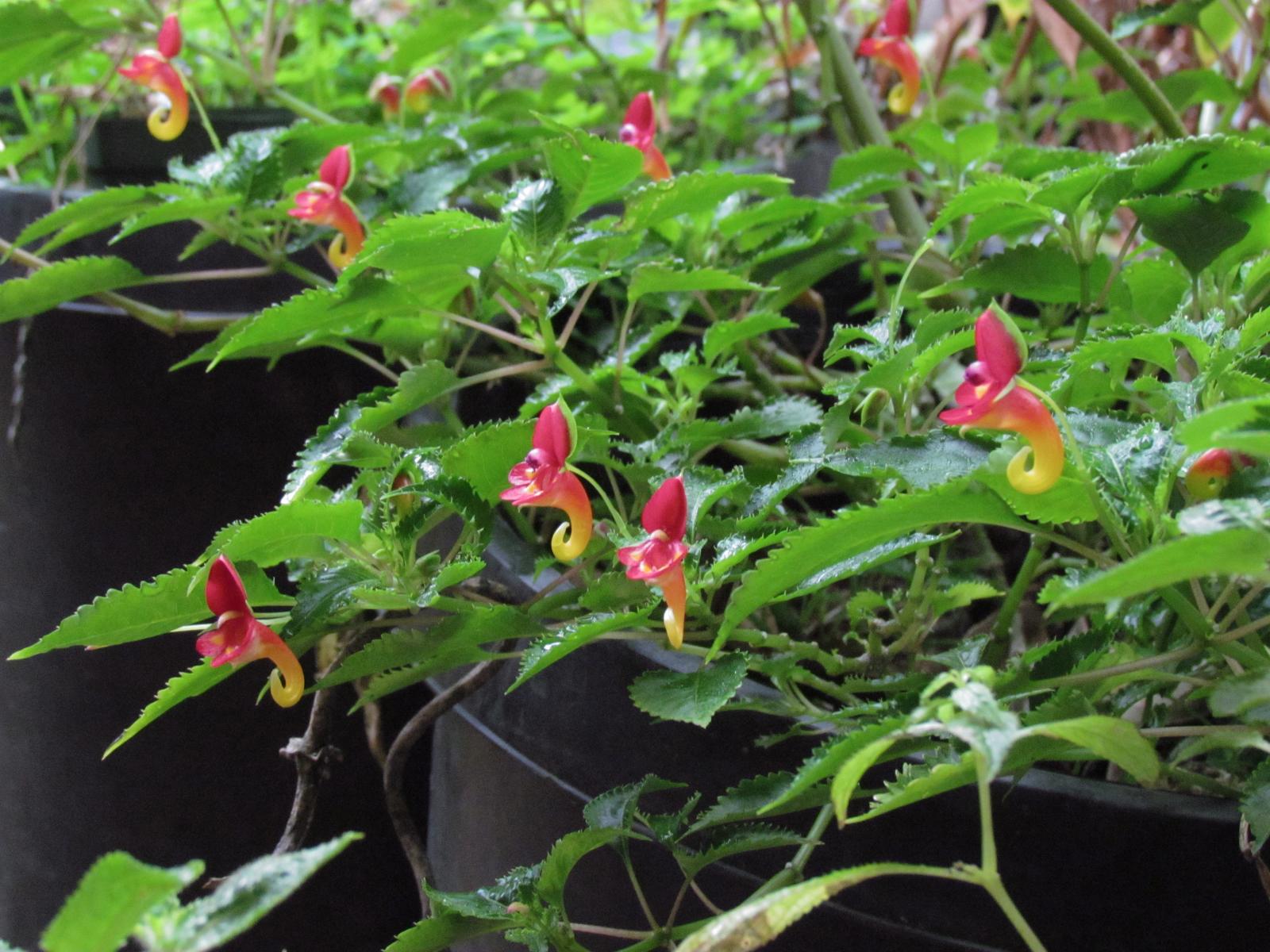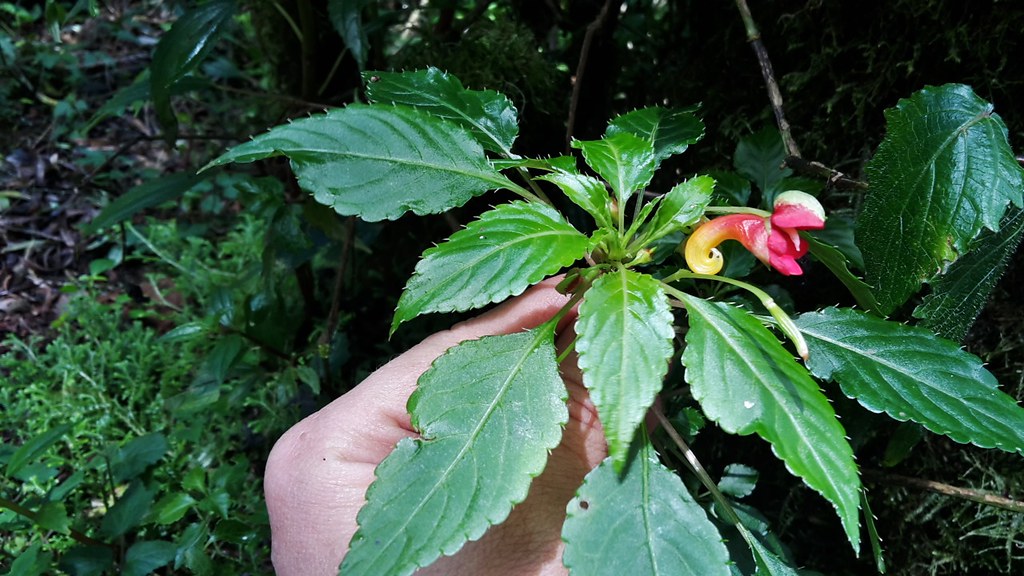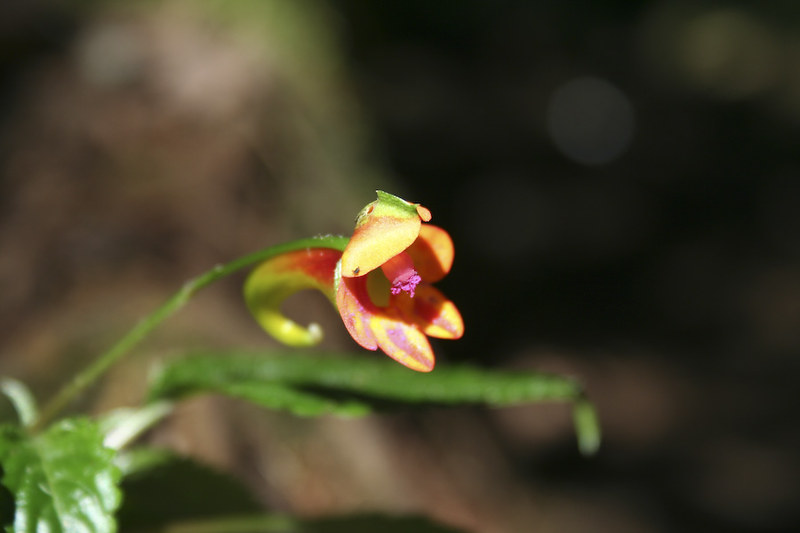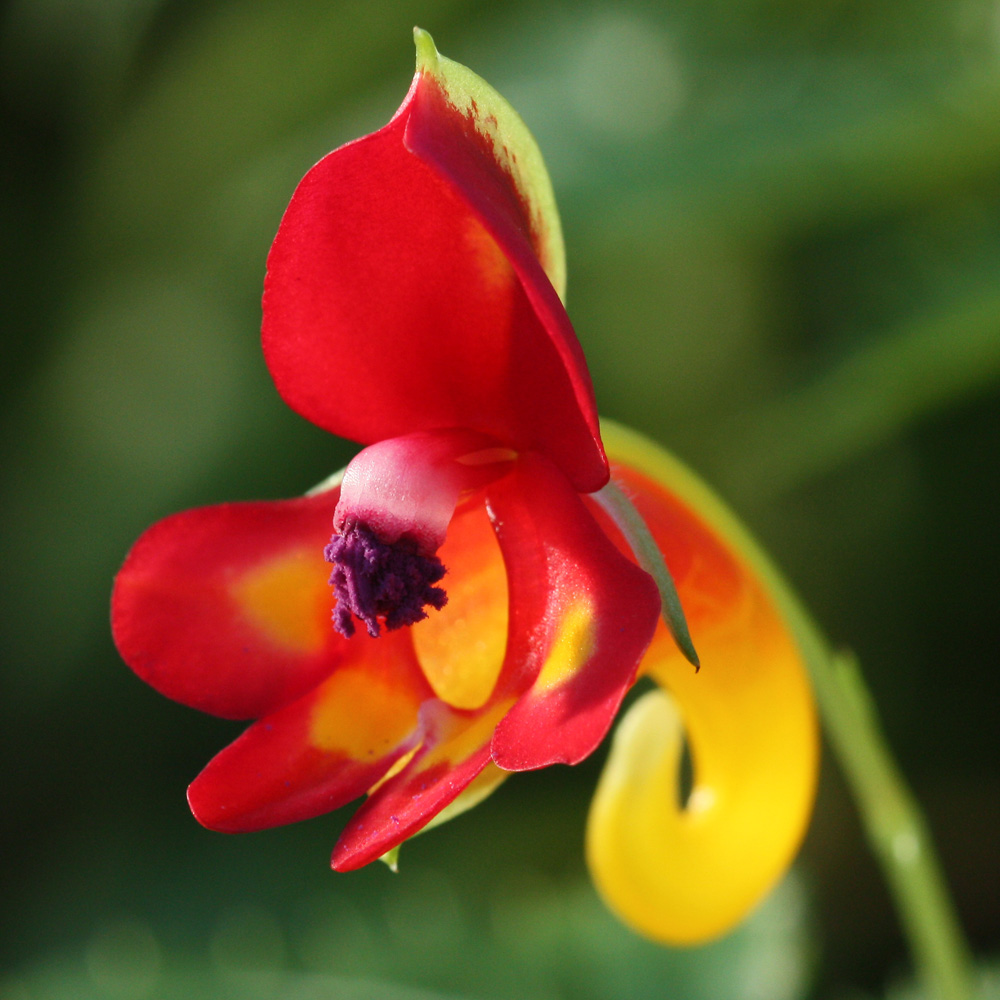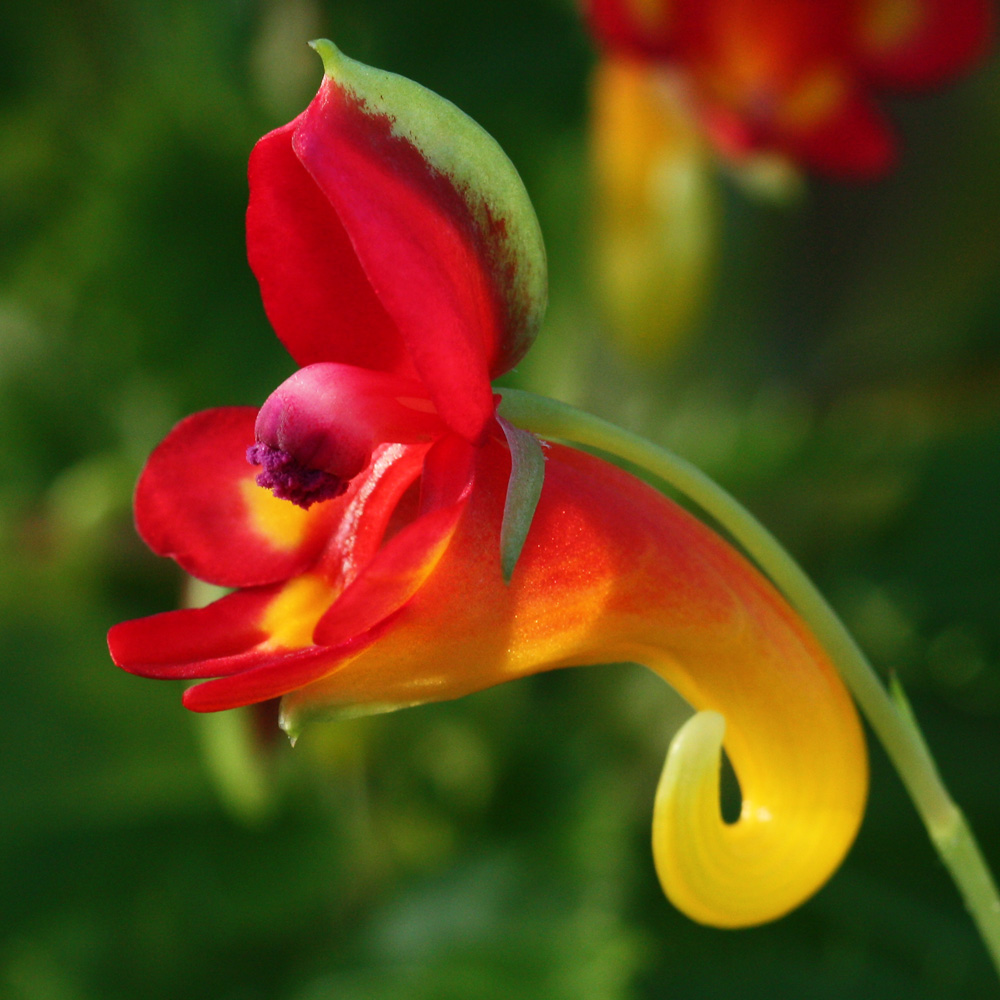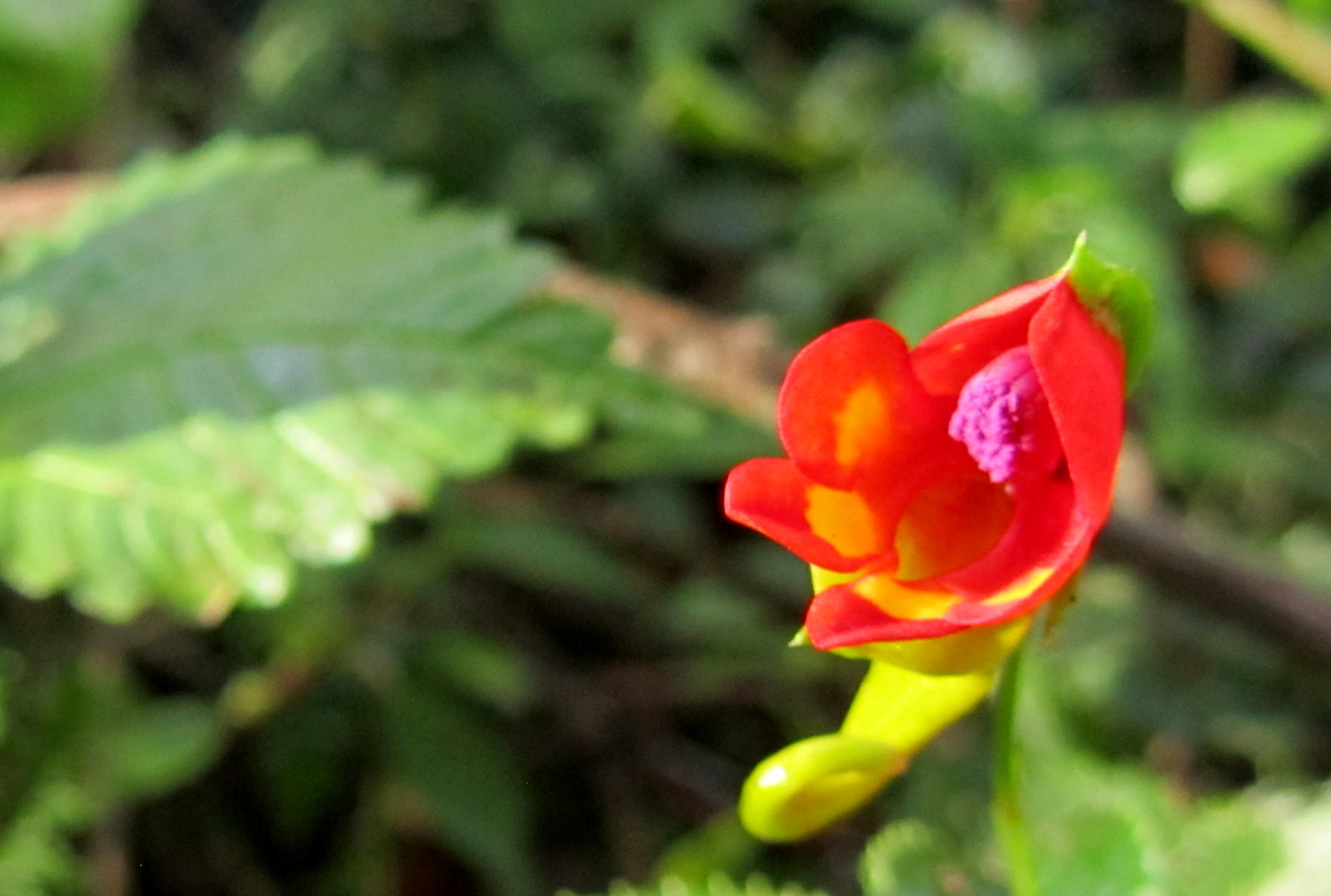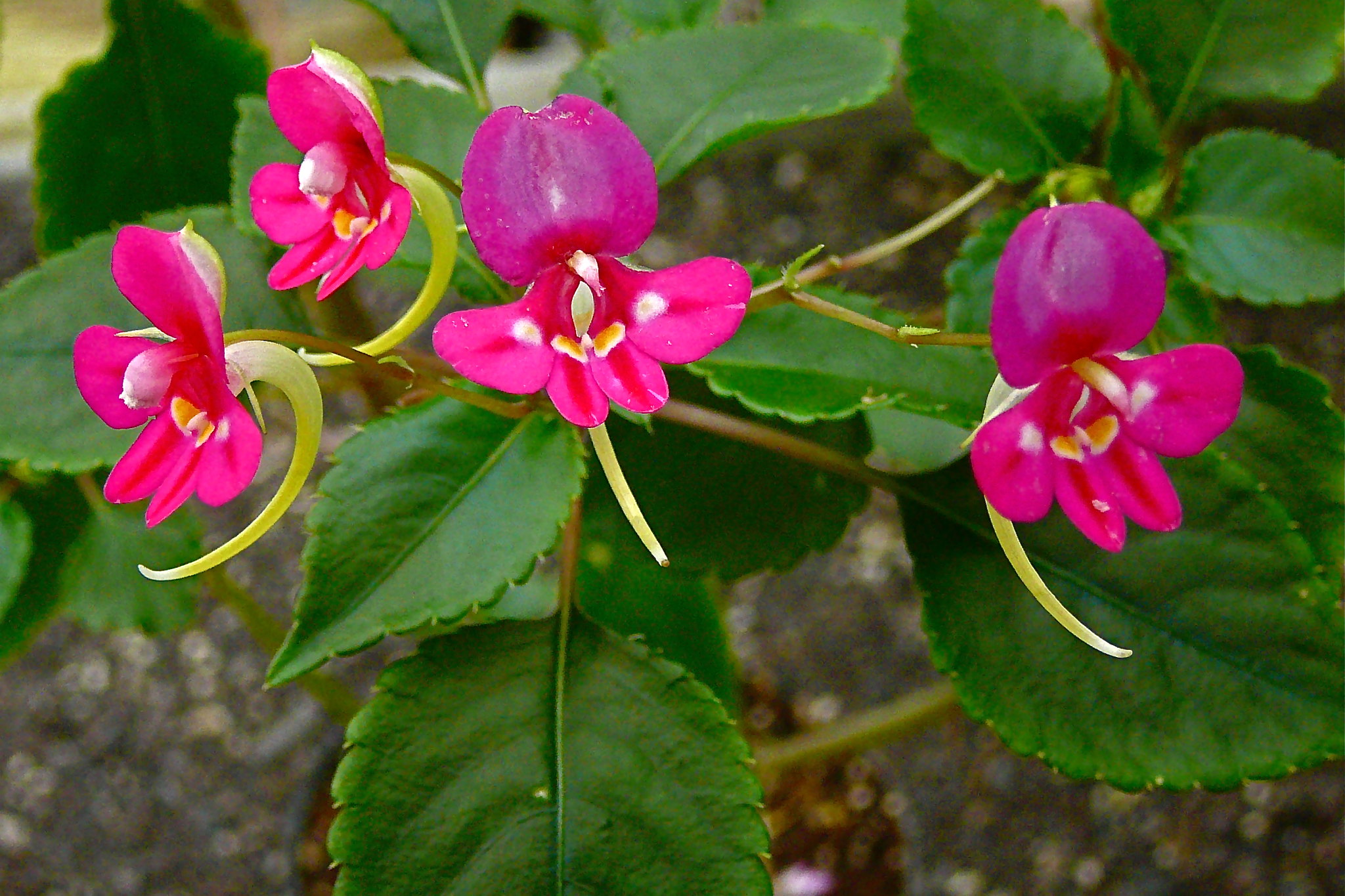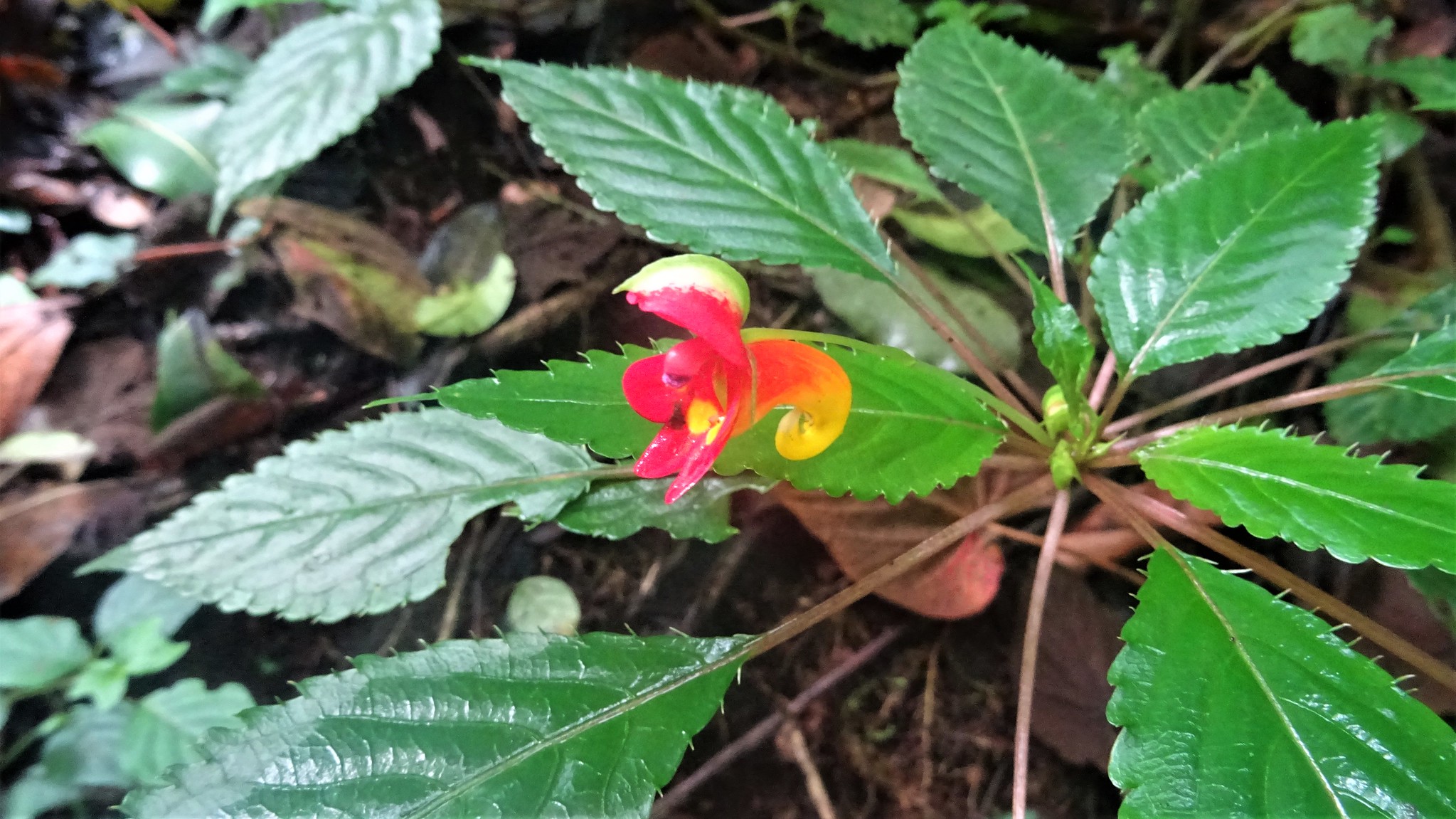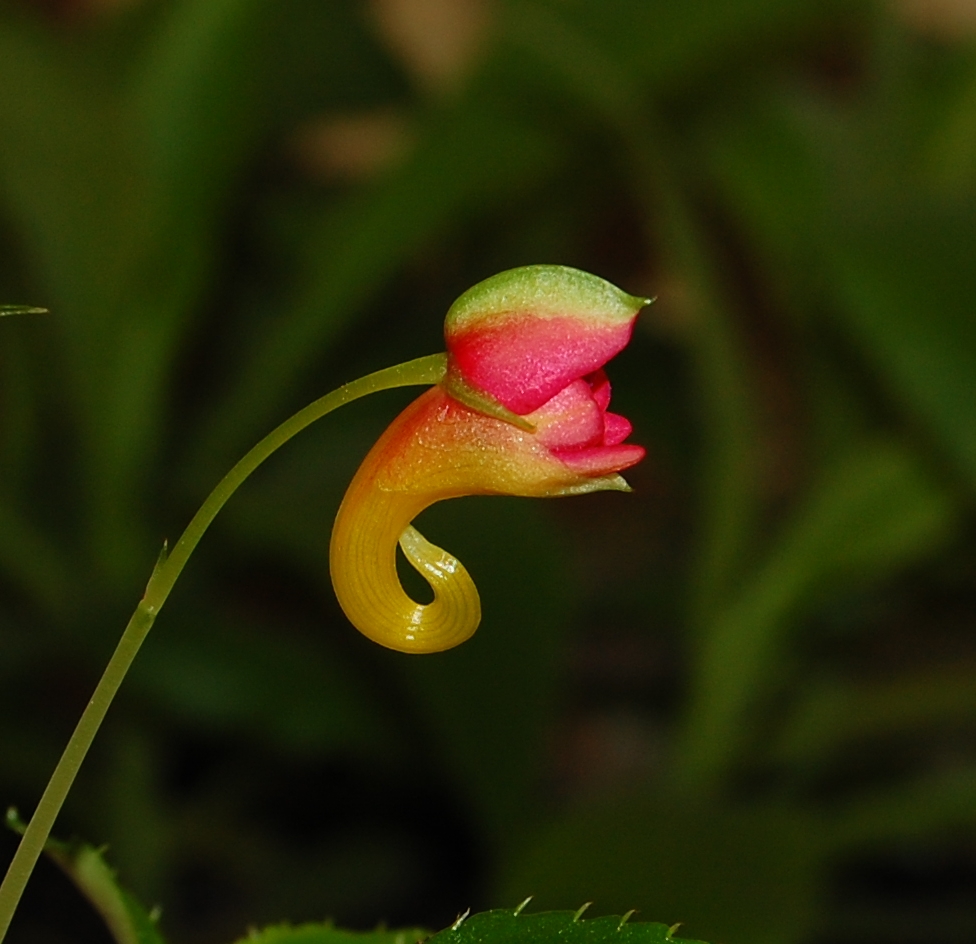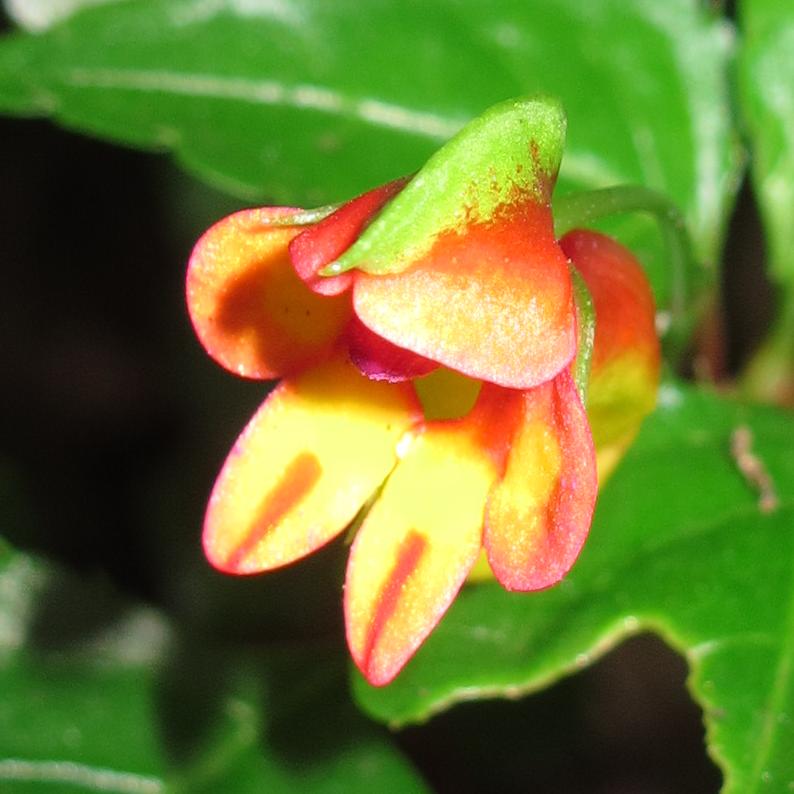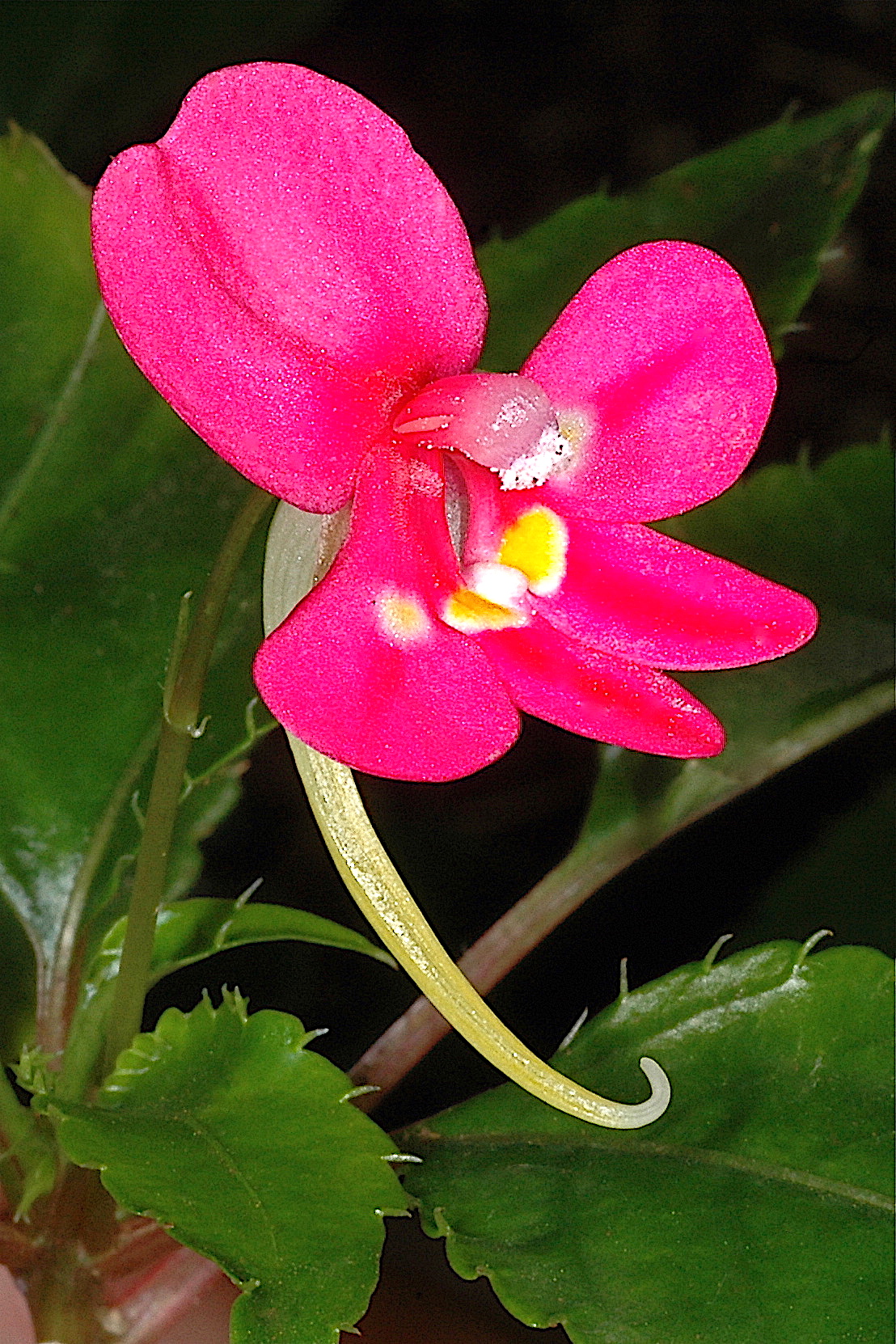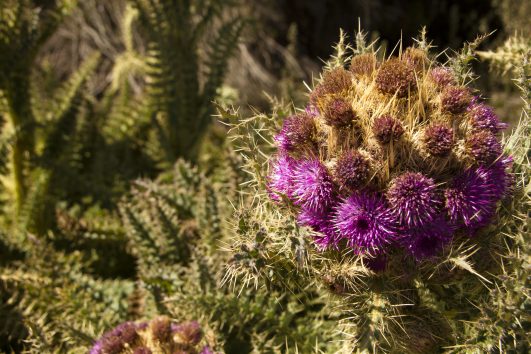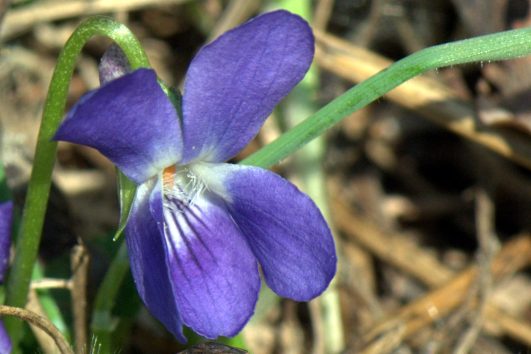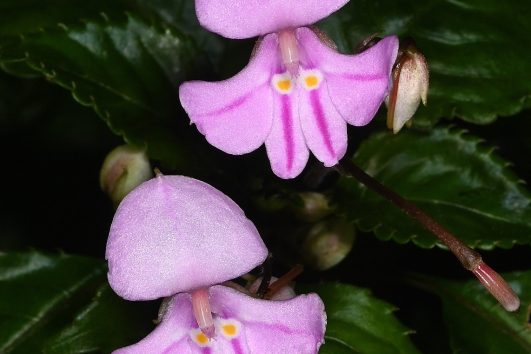Impatiens kilimanjari is a species of flowering plant within the family Balsaminaceae, it is a subshrub native to the high-altitude, wet tropical biome regions of East Africa, including Mount Kilimanjaro that thrives within the lush rainforests of the Montane forest zone. Impatiens Kilimanjaro is endemic to Kilimanjaro and is a botanical gem found nowhere else on Earth—Impatiens kilimanjari. This enchanting plant, known as the Kilimanjaro Impatiens or the “elephant’s trunk flower,” is a rare and vibrant species in the cool, misty environment of Kilimanjaro’s montane forest zone. With its dazzling colours and unique shape, Impatiens kilimanjari is not only a delight to behold but also a symbol of the mountain’s rich biodiversity.
The montane forest zone of Mount Kilimanjaro, located at elevations between 1,800 and 2,800 meters (5,900 to 9,200 feet), is a haven of biodiversity. This zone is characterized by its dense canopy, high humidity, and cool temperatures, creating an ideal environment for a wide variety of plant and animal species. The forest floor is covered with a thick layer of mosses and ferns, and the air is filled with the calls of birds and insects.
It is here, in the shadow of towering trees and amidst the dappled sunlight, that Impatiens kilimanjari flourishes. The cool, misty conditions of the montane forest are perfect for this delicate plant, which may not thrive in hotter, drier areas. The forest provides both the shade and moisture that Impatiens kilimanjari needs to grow, making this environment the only place on Earth where this species can be found.
- Appearance:
- Flowers: Impatiens kilimanjari produces vibrant, often pink or red flowers. These flowers are typical of the Impatiens genus, characterized by their spurred shape, which is an adaptation for pollination by insects, particularly bees and birds.
- Growth: This plant tends to grow in a somewhat sprawling manner, with succulent stems and leaves, which is an adaptation to the moist, shaded environments it prefers.
- Habitat:
- Altitude: It is found at high elevations, typically between 1,800 to 3,000 meters (5,900 to 9,800 feet) on Kilimanjaro, within the montane forest and bamboo zones. These areas provide the cool, moist conditions that Impatiens species generally favour.
- Environment: The plant thrives in the understory of forests, where it benefits from filtered light and high humidity.
- Ecological Role:
- Pollination: The bright flowers attract pollinators, which are crucial for the plant’s reproduction in its isolated high-altitude habitat.
- Biodiversity: As part of the montane forest ecosystem, Impatiens kilimanjari contributes to the biodiversity of Kilimanjaro, offering habitat and food for various insects and possibly small mammals.
- Adaptations:
- Succulence: The plant’s succulent nature helps it retain water, an important adaptation in environments where moisture availability can fluctuate.
- Rapid Growth: Impatiens species are known for their ability to grow quickly, which can be advantageous in the competitive environment of a forest floor.
- Cultural and Scientific Interest:
- Botanical Study: Due to its specific habitat and adaptations, Impatiens kilimanjari is of interest to botanists studying plant ecology and evolution in high-altitude environments.
- Conservation: Like many species on Kilimanjaro, it faces threats from climate change, which could alter its habitat, and from human activities like deforestation. Its presence in protected areas like Kilimanjaro National Park is crucial for its conservation.
- General Information on Impatiens:
- The genus Impatiens is known for its “touch-me-not” or “jewelweed” species, many of which have explosive seed dispersal mechanisms, where the ripe seed pods burst open when touched, scattering seeds.
Description of Impatiens kilimanjari
Impatiens kilimanjari is a perennial plant that grows to about 18 inches tall and can spread up to 2 feet wide. It features glossy, lush foliage that adds to its ornamental appeal. The plant’s true charm, however, lies in its flowers, which are as whimsical as they are beautiful.
- Flower Appearance: The flowers of Impatiens kilimanjari are small, measuring about an inch in length, but they make a big impact with their eye-catching colors and unique shape. The blossoms resemble tiny seahorses or playful, fruit-flavoured gummy candies, with their curved, tubular shape earning them the nickname “elephant’s trunk flower.” Each flower sports an orchid-like hood that is a vibrant pinkish-red, blending into a curved, yellow tail. Inside the hood, intricate patterns of yellow and red markings create a striking contrast.
- Colour and Structure: When in bloom, the flowers exhibit a stunning display of colours. The main hood of the flower is a bright pinkish-red, which gradually transitions into a vibrant yellow tail. This combination of colours makes the flowers stand out against the green backdrop of the forest. Additionally, when the flowers are in their male stage, the stamens and pollen take on a gorgeous purple hue, adding yet another splash of colour to the plant.
A Year-Round Display
One of the most captivating features of Impatiens kilimanjari is its ability to flower throughout the year. Unlike many plants that have specific blooming seasons, the Kilimanjaro Impatiens prances around the plant year-round, bringing a constant burst of colour to the forest floor. This perennial blooming is a delightful sight for hikers and nature enthusiasts who traverse the trails on the southern side of Kilimanjaro, where these flowers are commonly found.
Companions of the Kilimanjaro Impatiens
Impatiens kilimanjari shares its habitat with other equally elegant and beautiful plants. Among the most notable companions are:
- Viola eminii: This beautiful violet species adds a splash of purple to the forest floor. Like Impatiens kilimanjari, Viola eminii thrives in the cool, moist conditions of the montane forest and competes for space between the roots of the towering trees.
- Impatiens pseudoviola: Another relative of the Kilimanjaro Impatiens, Impatiens pseudoviola features delicate flowers that add to the diversity of the forest’s understory. These plants contribute to the rich tapestry of colours and shapes that make Kilimanjaro’s montane forests a vibrant and captivating ecosystem.
Ecological Importance
Impatiens kilimanjari plays a vital role in the ecosystem of Kilimanjaro’s montane forest:
- Pollinator Attraction: The bright colours and unique shapes of the flowers are not just for show; they are adapted to attract pollinators such as bees, butterflies, and birds. These pollinators are drawn to the flowers by their vibrant colours and are rewarded with nectar. In the process, they help to transfer pollen from one flower to another, facilitating the plant’s reproduction.
- Biodiversity Support: By providing food and habitat for pollinators and other small creatures, Impatiens kilimanjari supports the rich biodiversity of the montane forest. The plant’s presence contributes to the overall health and stability of the ecosystem, helping to maintain the delicate balance of life on Kilimanjaro.
Adaptations for Survival
The survival of Impatiens kilimanjari in the unique environment of Kilimanjaro’s montane forest is a result of several adaptations:
- Cool Climate Adaptation: This species is well adapted to the cool, moist conditions of the montane forest. Its ability to thrive in these conditions makes it less susceptible to competition from plants that prefer warmer, drier environments.
- Shade Tolerance: Impatiens kilimanjari can grow in the shaded understory of the forest, where light levels are low. Its broad leaves are adapted to capture as much light as possible, allowing it to photosynthesize efficiently even in the dappled sunlight of the forest floor.
- Moisture Retention: The plant’s glossy leaves help to reduce water loss, allowing it to retain moisture in the often humid environment of the montane forest. This adaptation is crucial for survival, as it helps the plant withstand periods of dryness.
Additional information
| Habitat | Montane Forest Zone |
|---|

